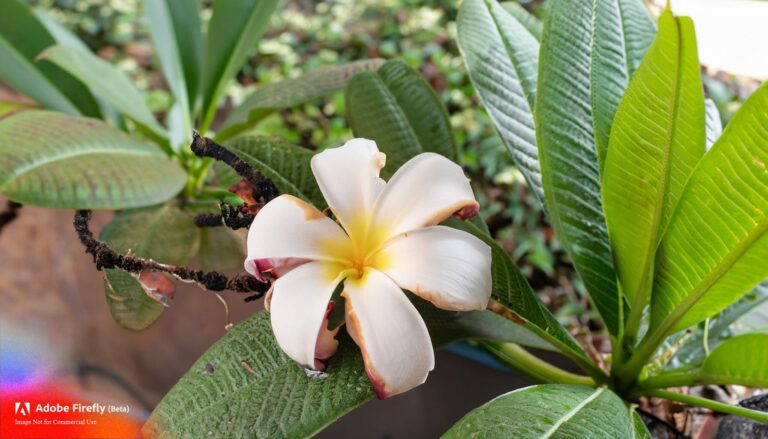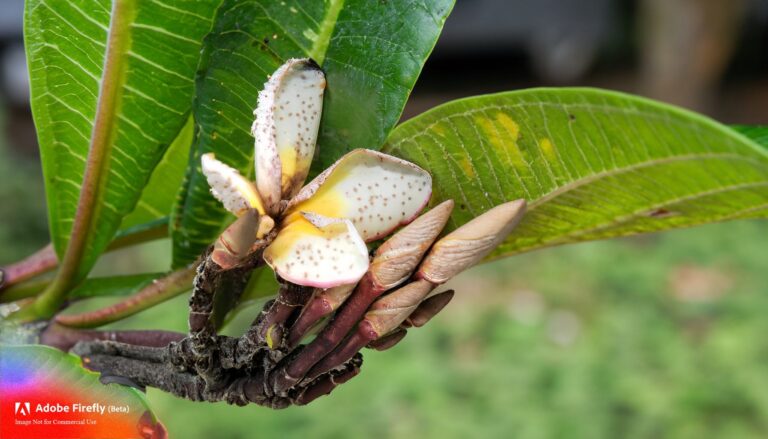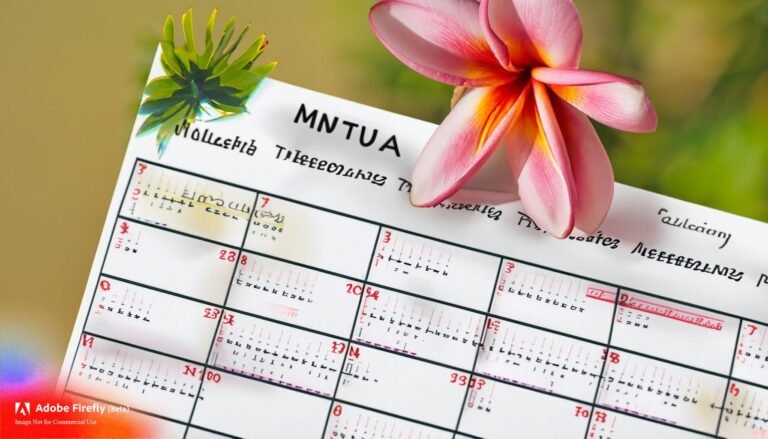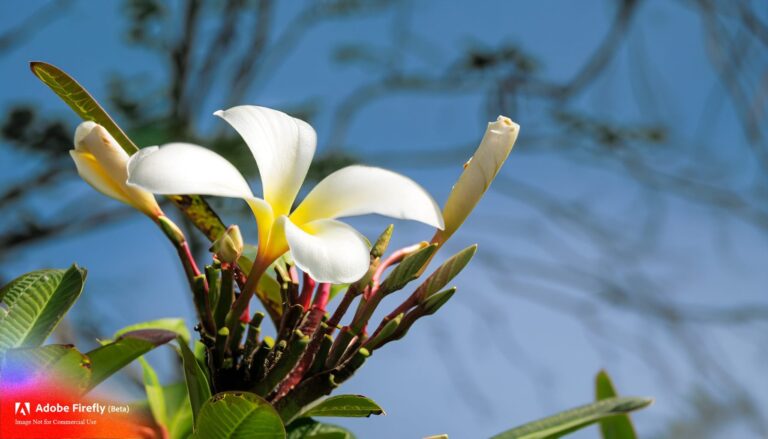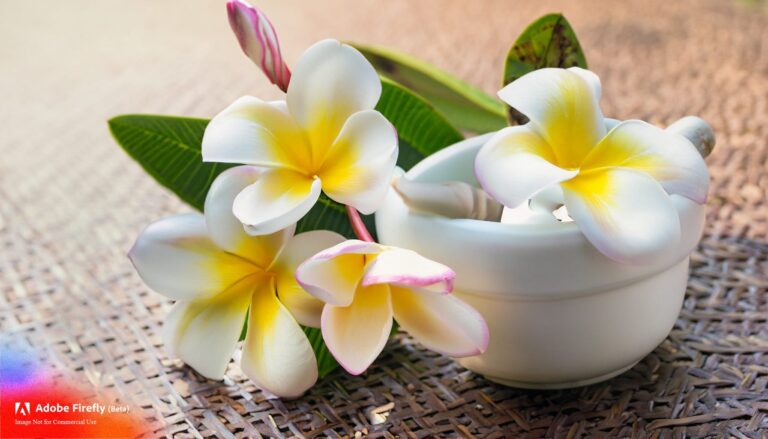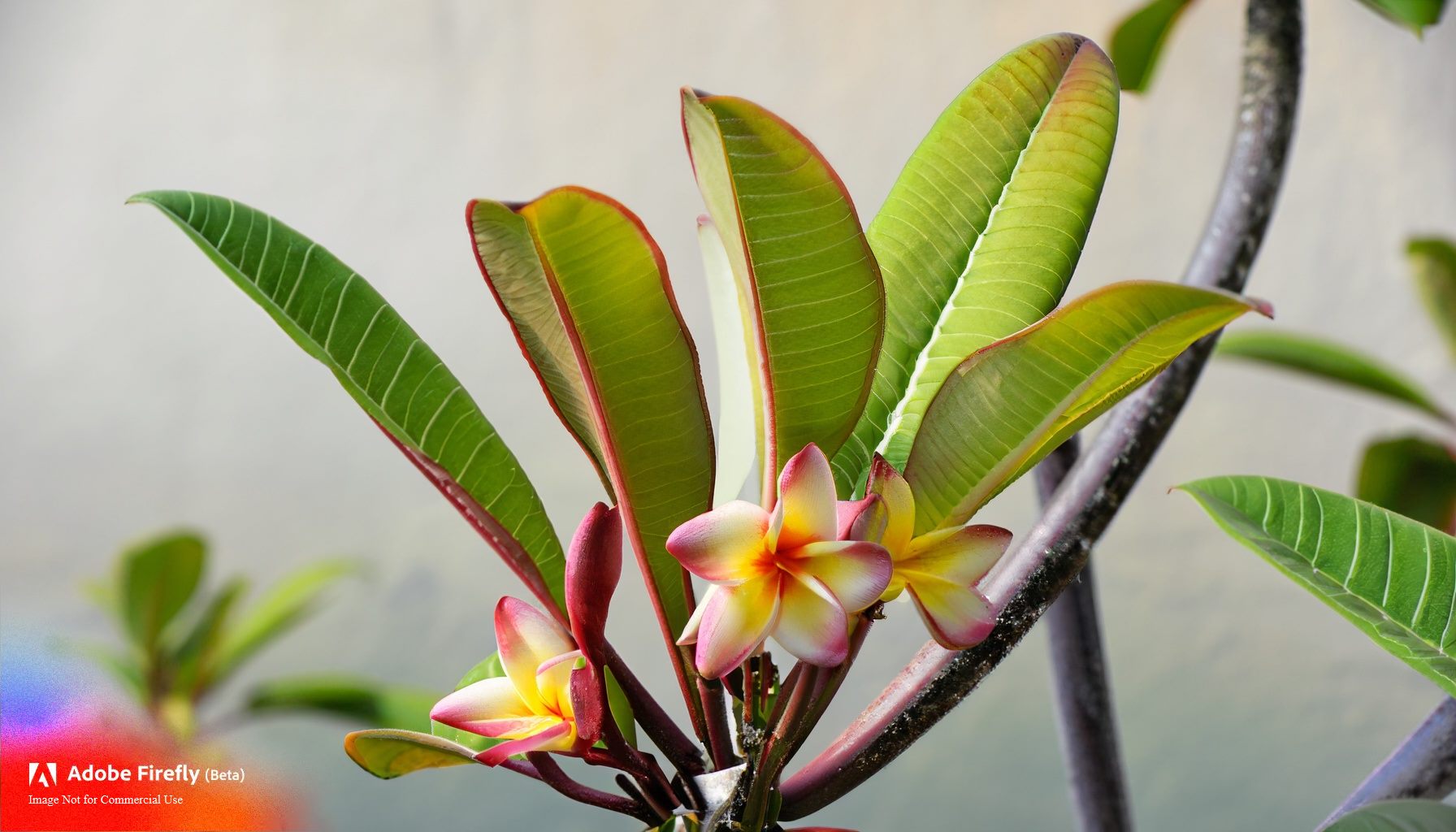
Introduction
Plumeria, also known as frangipani, is a tropical beauty cherished for its vibrant flowers and captivating fragrance. Like many plants, plumerias undergo periods of dormancy, a natural rest phase that allows them to conserve energy and prepare for future growth and blooming. Understanding the cues that trigger plumeria dormancy and how to manage this phase is crucial for maintaining the health and vitality of these beloved plants. In this article, we’ll explore the factors that initiate plumeria dormancy and offer tips on effectively managing this period.
Dormancy Cues in Plumeria Plants
Dormancy in plumerias is primarily triggered by changes in environmental conditions, including light, temperature, and water availability. These cues signal to the plant that it’s time to slow down its growth and conserve energy.
1. Daylight Duration:
- Plumerias are responsive to changes in daylight duration. As days become shorter during the fall and winter months, the reduced amount of sunlight acts as a cue for the plant to enter dormancy.
2. Temperature Drop:
- Cooler temperatures are another significant dormancy trigger for plumerias. As temperatures start to drop, the plant senses the change and begins to prepare for the upcoming rest period.
3. Reduced Water Availability:
- As temperatures cool, plumerias’ water requirements decrease. Reduced watering signals to the plant that it’s time to slow down growth and enter dormancy.
4. Nutrient Levels:
- A decrease in nutrient availability, particularly nitrogen, can also signal plumerias to enter dormancy. Nitrogen is associated with vegetative growth, and a reduction in its availability encourages the plant to conserve energy.
5. Hormonal Changes:
- Changes in hormone levels within the plant play a role in initiating dormancy. These hormonal shifts regulate various physiological processes, including growth and development.
Managing Plumeria Dormancy
Effectively managing plumeria dormancy is essential for promoting healthy growth and blooming in subsequent seasons. Here are some tips to help you navigate this phase:
1. Decrease Watering:
- As temperatures cool and the plant’s water requirements decrease, reduce the frequency and amount of watering. Allow the soil to dry out between waterings to prevent overwatering and root rot.
2. Limit Fertilization:
- During dormancy, plumerias don’t require as many nutrients. Reduce or suspend fertilization, particularly nitrogen-heavy fertilizers, as they can encourage unwanted growth during the resting period.
3. Provide Adequate Drainage:
- Ensure that plumerias are planted in well-draining soil to prevent waterlogging, which can be detrimental during dormancy.
4. Shelter from Cold:
- If you’re growing plumerias in regions with cold temperatures, consider bringing them indoors or providing protection when frost is imminent. Sudden drops in temperature can stress the plant and hinder dormancy progression.
5. Adjust Light Exposure:
- Plumerias respond to reduced daylight duration. If you’re in a region with distinct seasons, the natural decrease in daylight will signal the plant to enter dormancy. However, if you’re growing plumerias indoors or in a greenhouse, you might need to adjust light exposure to mimic the changing seasons.
6. Monitor for Pests and Diseases:
- Even during dormancy, it’s essential to monitor plumerias for signs of pests and diseases. Addressing any issues promptly can prevent them from worsening during the dormant phase.
7. Pruning and Maintenance:
- Dormancy is a good time to perform any necessary pruning or maintenance tasks. Remove dead or diseased branches and tidy up the plant’s overall appearance.
Conclusion
Plumeria dormancy is a vital phase in the plant’s life cycle that prepares it for healthy growth and blooming in the upcoming season. By understanding the cues that trigger dormancy and implementing appropriate management practices, you can ensure the well-being of your plumerias and set the stage for a spectacular display of flowers when the growing season returns. Respect the plant’s natural rhythms, provide proper care, and anticipate the reward of vibrant blossoms that will grace your garden in the months to come.

